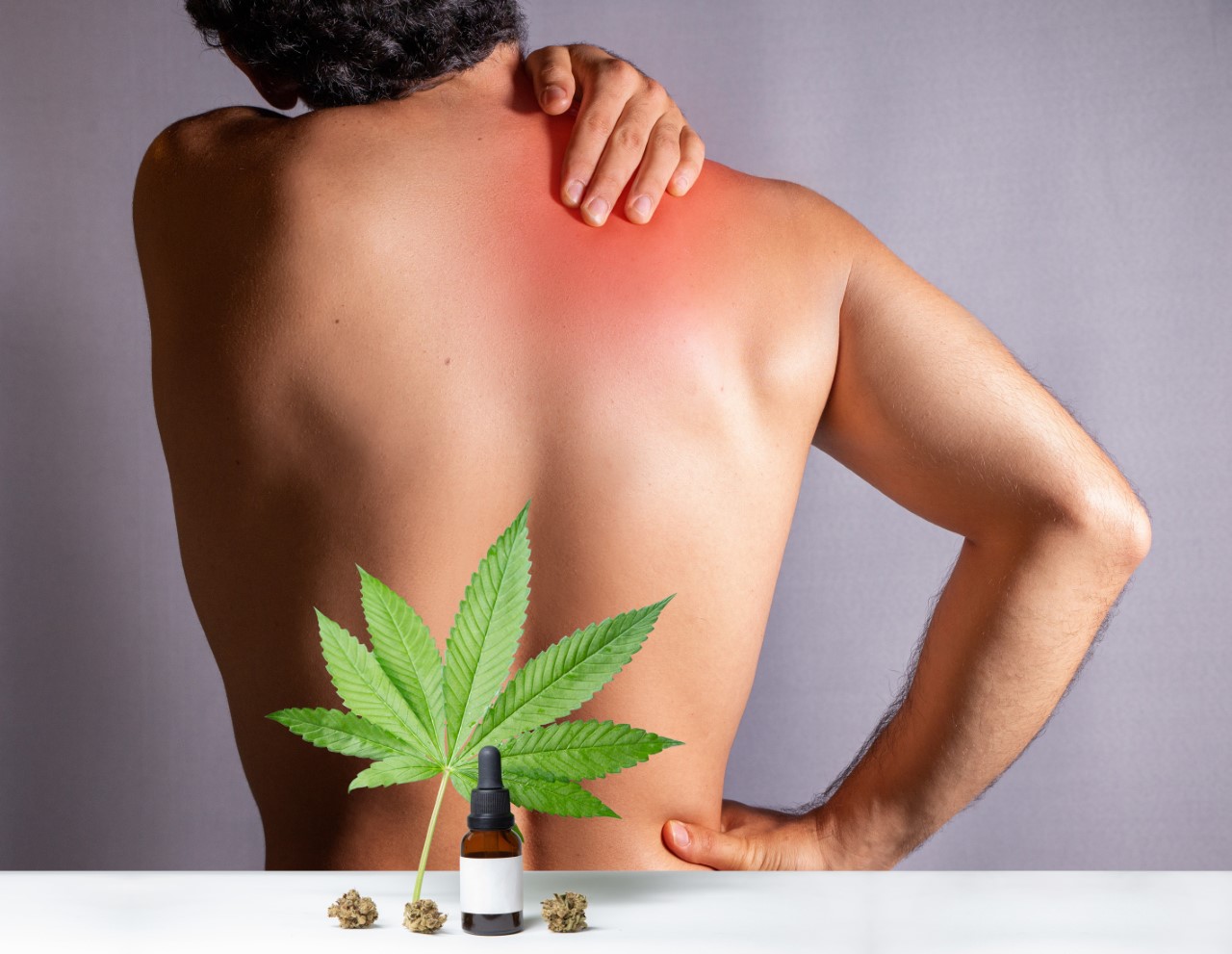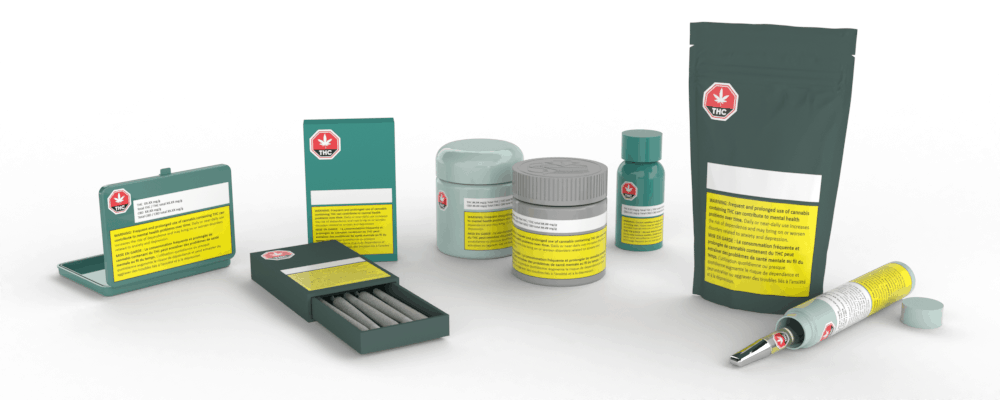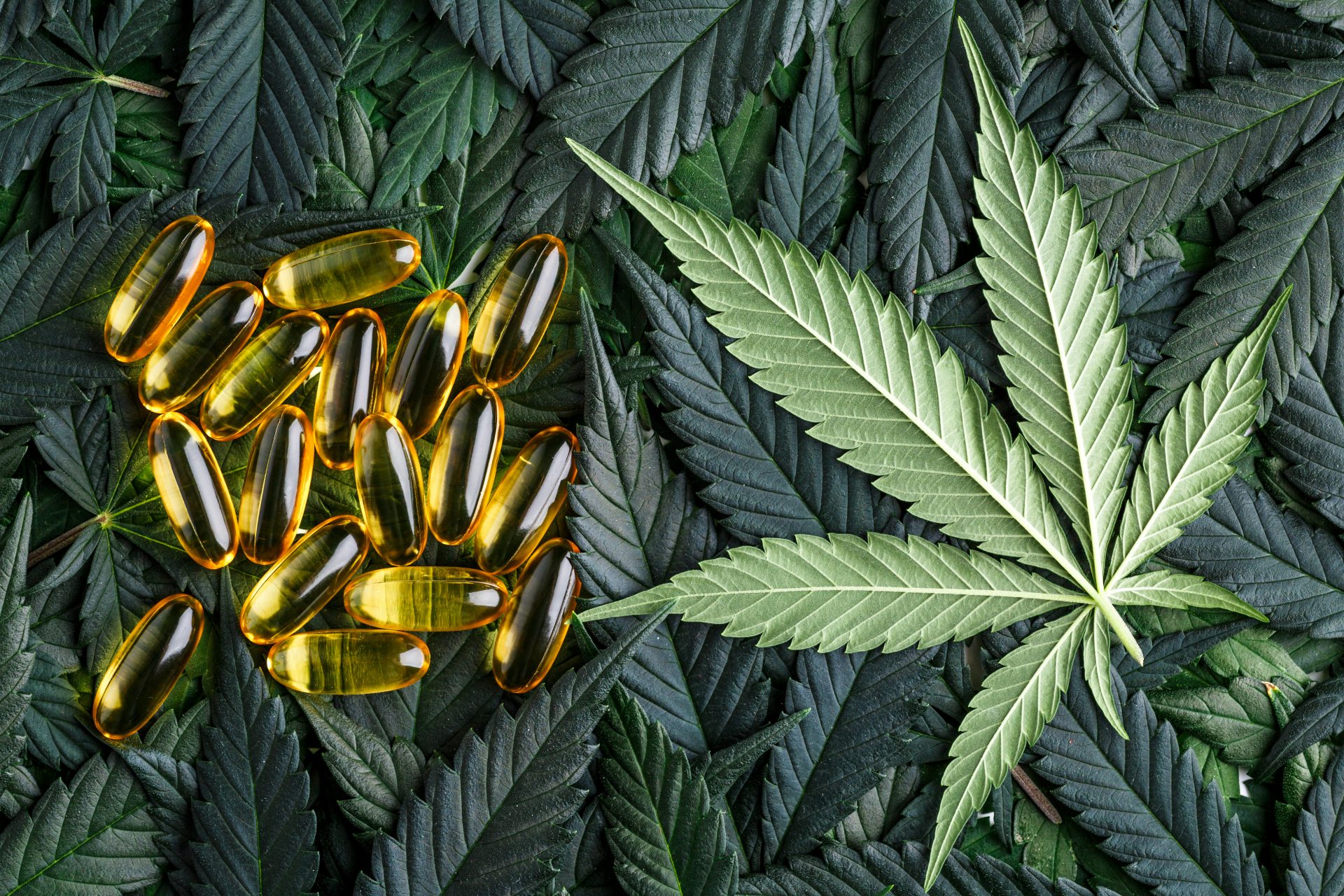Transdermal Topical Cannabis Creams for Pain
Category: Cannabis Benefits, CBD, Concentrates, News, Topical Creams
Many are the aches and pains we suffer with after workouts, or long days of repetitious physical work. Topical cannabis creams are now available infused with extracts, and designed for external applications; they come in several options for customized use. When applied and massaged onto the skin, CBD/THC transdermal creams deliver percutaneous (absorbed through the skin) relief to tissues and joints. Kalamalka Cannabis offers 1:1 transdermal cream 2by Liv Relief – this Transdermal Topical Cream contains 125 mg of CBD and 125 mg
What makes THC psychoactive?
Category: Cannabis Science, CBD, Concentrates, Edibles, News
Tetrahydrocannabinol, or THC, effects cell receptors in the body and brain and can change how cells communicate with each other. What makes THC Psychoactive? Well… THC is a cannabinoid. It is a compound found in cannabis and is the primary psychoactive compound among 140 discovered cannabinoids. In other words, it’s a psychoactive chemical that can pass the blood-brain barrier, creating the high experienced with consuming cannabis. When inhaled, THC passes into the lungs and is
How to Read a Cannabis Product Label
Category: Cannabis Science, Indica, News, Sativa, Topical Creams
If you’re wondering how to interpret the label of a cannabis product, read on. In this blog we educate you on how to read a Cannabis Product Label. Current Health Canada regulations are the legal guide to what goes on to the label, and may be hard to understand for some consumers. Look for the product category – Sativa, Indica or Hybrid. This will indicate the effects you may experience. The effects of Sativa are
To Smoke Or Not To Smoke – Cannabis Capsules
Category: Cannabis Science, Concentrates, Edibles, News, Uncategorized
If you are new to cannabis culture, and want to try one of our products, you aren’t confined to smoking THC to achieve the psychoactive results you want. THC (delta-9-tetrahydrocannabinol) can be delivered via cannabis capsule or edible, relieving you of the stressful thought that smoke from cannabis is harmful. Cannabis capsules are labeled by cannabinoid content and according to current Canadian labeling laws, must state the class of cannabis (as set out in Schedule
The Endocannabinoid System Explained
Category: Cannabis Benefits, Cannabis Science, News, Uncategorized
If you’ve been reading the latest cannabis articles, you’ve no doubt heard about the human endocannabinoid system. The human endocannabinoid system is a network of cellular receptors in the body that helps us maintain homeostasis, or balance. The most well-known cannabinoid receptors, CB1 and CB2, are proteins imbedded in the membrane of cells. These surface proteins are then attached to another protein that determines the signaling direction, either activation or inhibition. CB1 receptors are located





